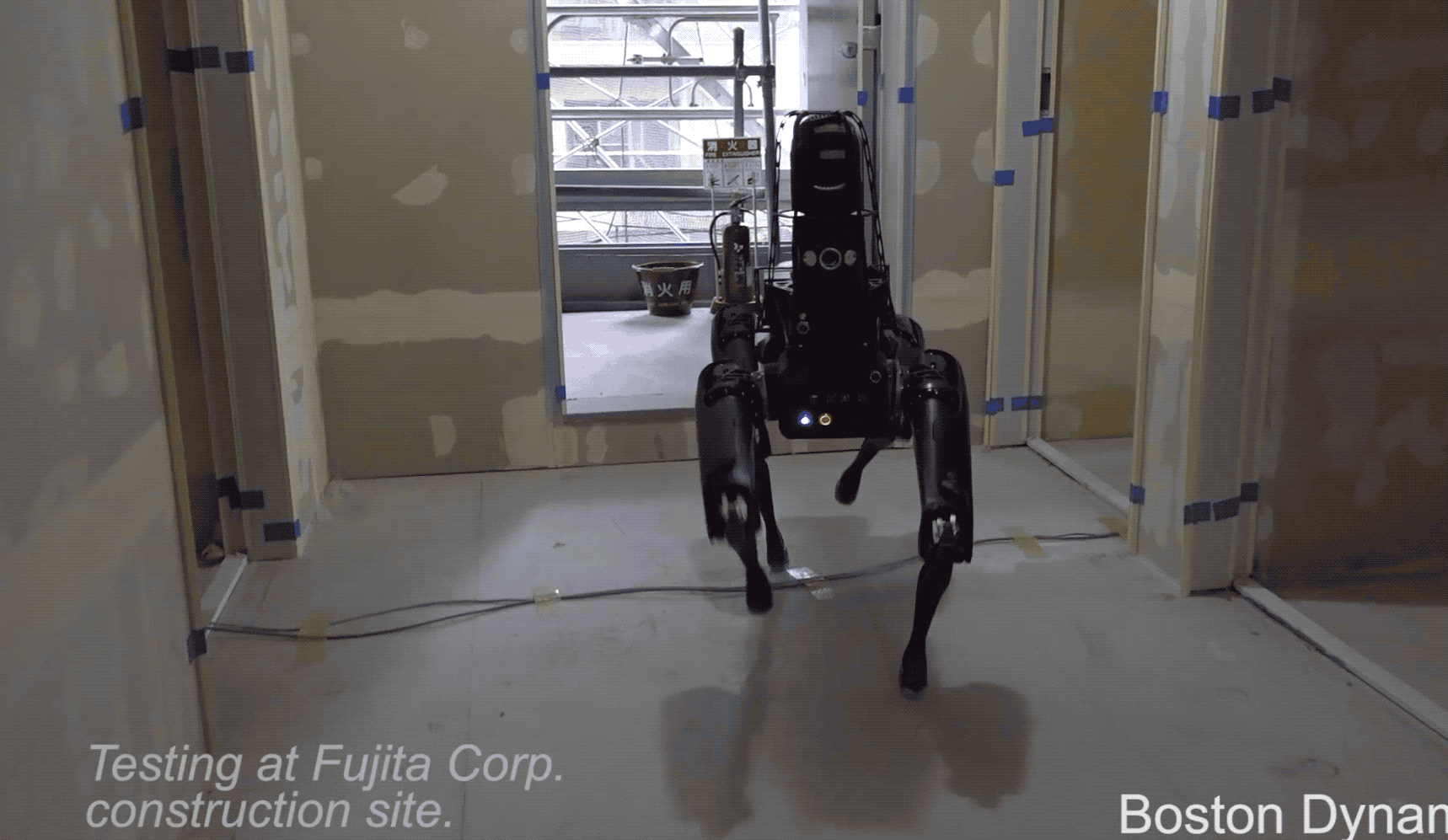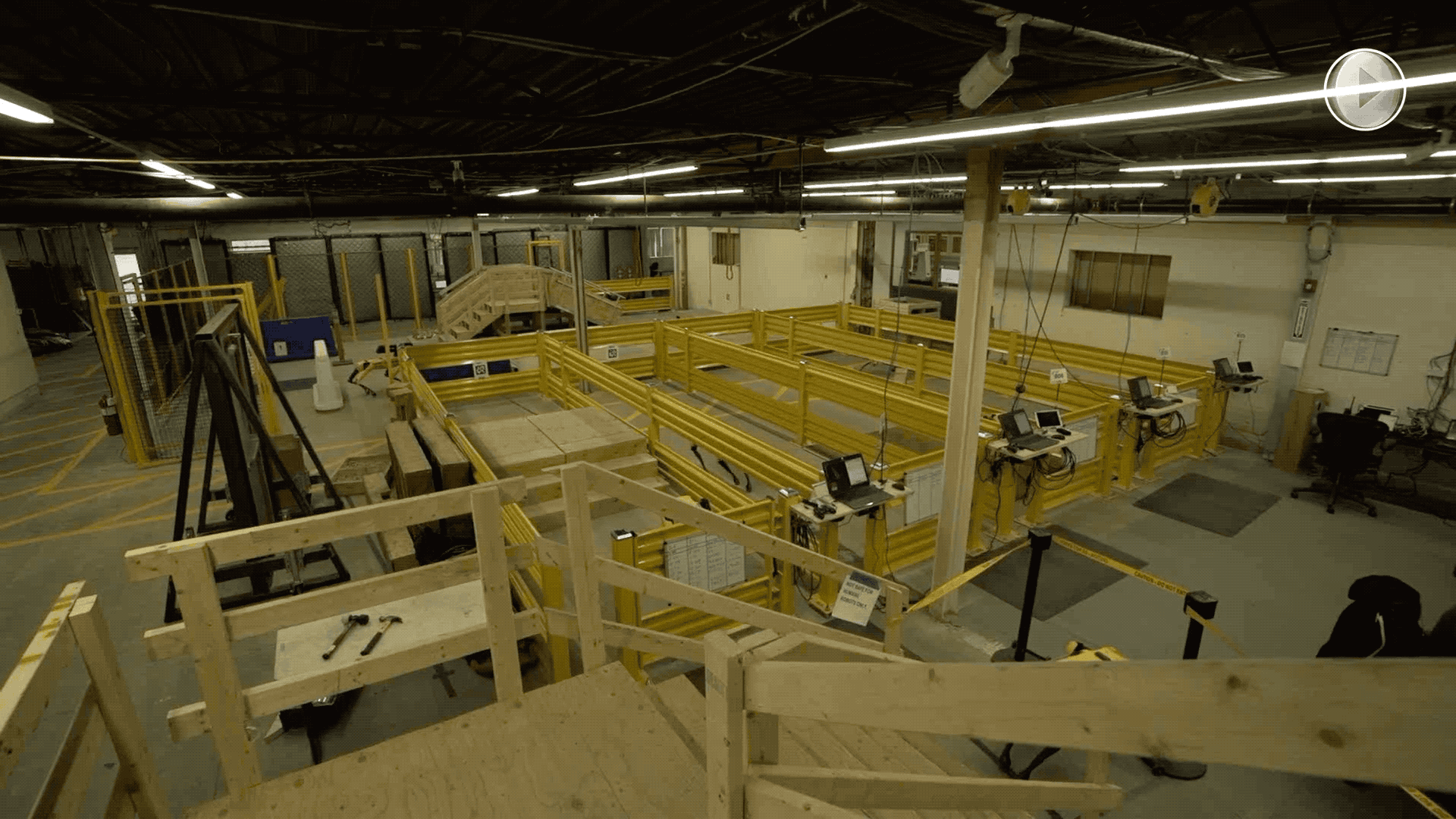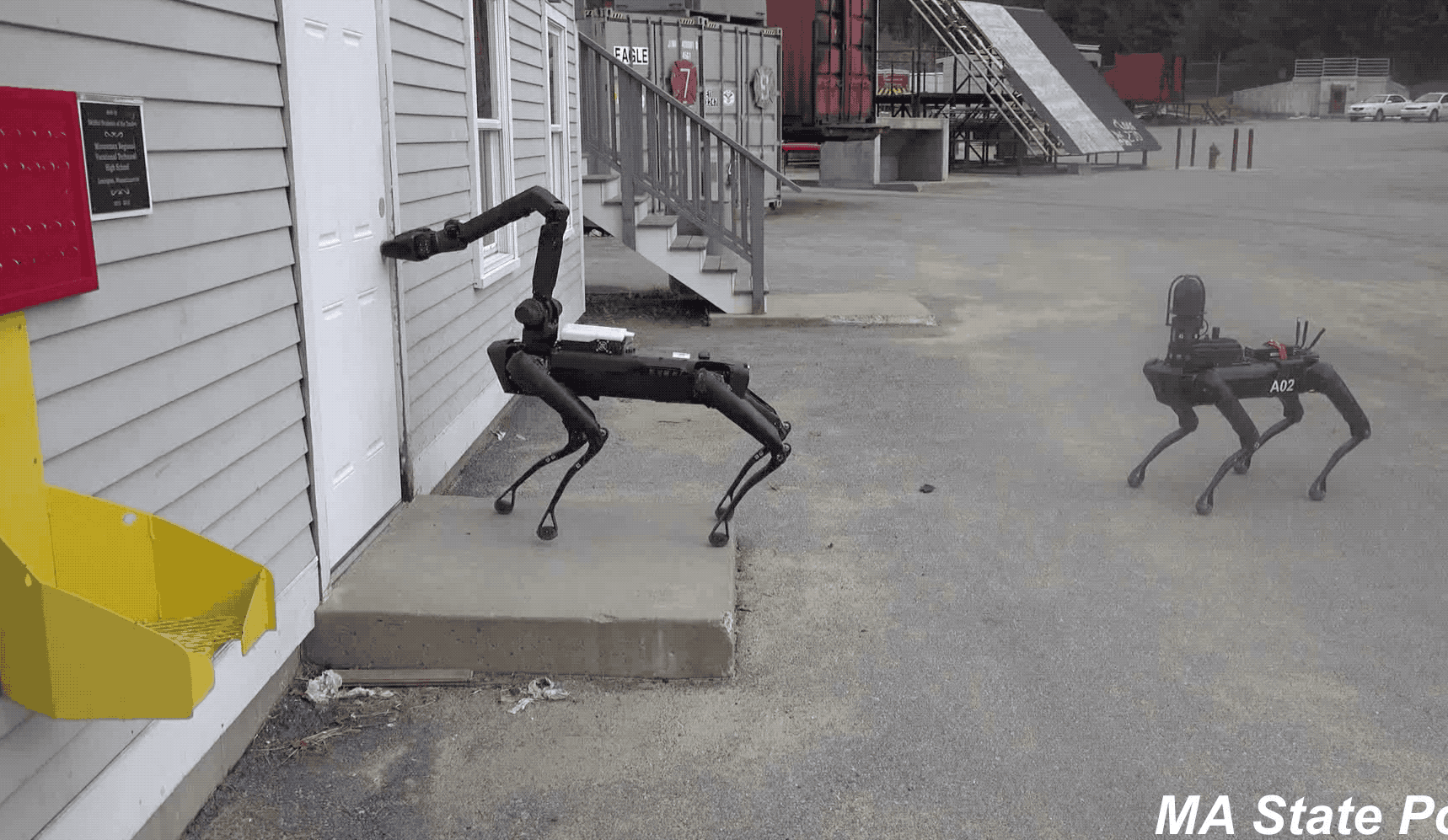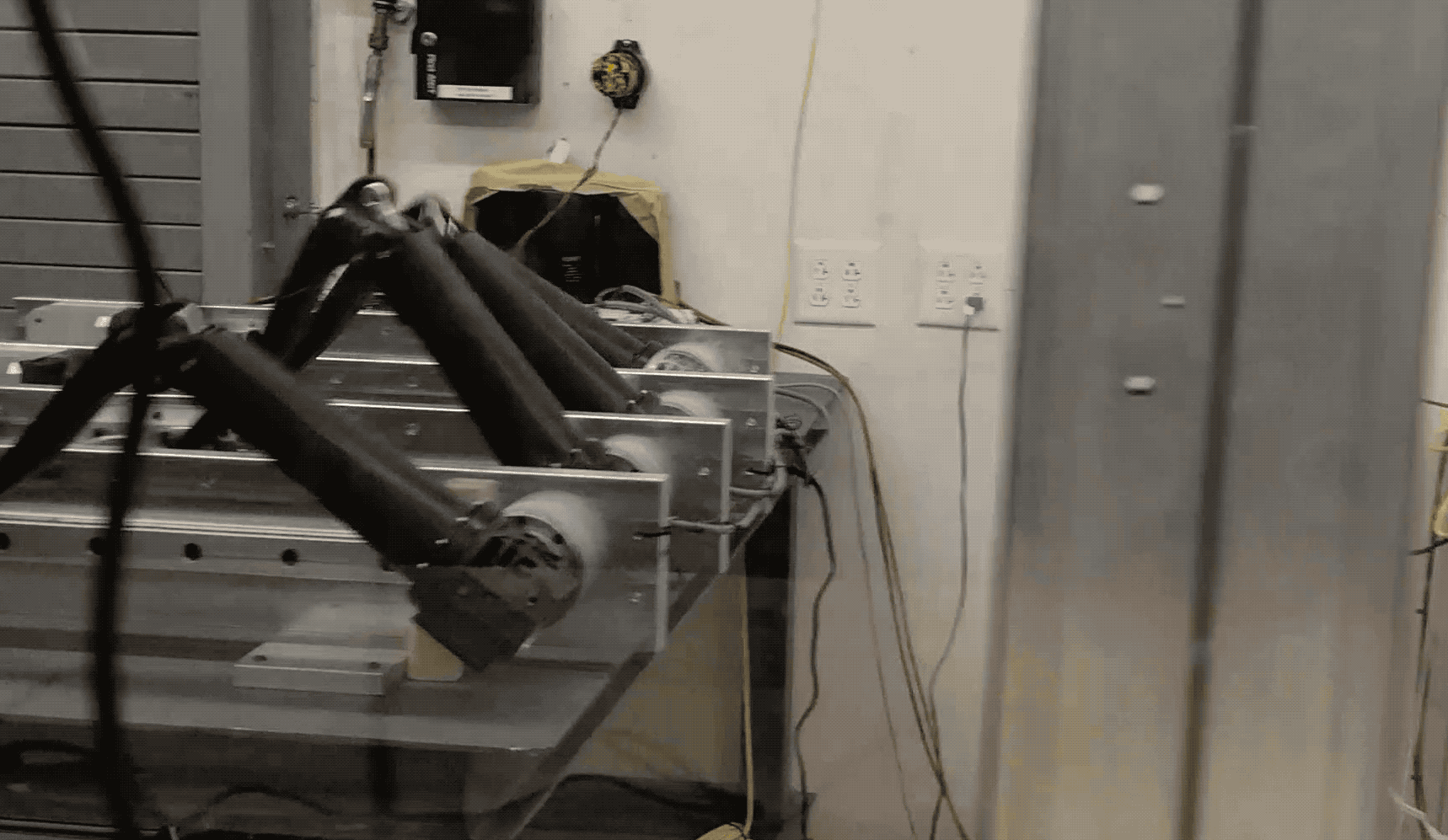Last year at our TC Sessions: Robotics event, Boston Dynamics announced its intention to commercialize SpotMini. It was a big step for the secretive company. After a quarter of century building some of the world’s most sophisticated robots, it was finally taking a step into the commercial realm, making the quadrupedal robot available to anyone with the need and financial resources for the device.
CEO Marc Raibert made a return appearance at our event this week to discuss the progress Boston Dynamics has made in the intervening 12 months, both with regard to SpotMini and the company’s broader intentions to take a more market-based approach to a number of its creations.
The appearance came hot on the heels of a key acquisition for the company. In fact, Kinema was the first major acquisition in the company’s history — no doubt helped along by the very deep coffers of its parent company, SoftBank. The Bay Area-based startup’s imaging technology forms a key component to Boston Dynamics’ revamped version of its wheeled robot hand. With a newfound version system and its dual arms replaced with a multi-suction cupped gripper.
A recent video from the company demonstrated the efficiency and speed with which the system can be deployed to move boxes from shelf to conveyor belt. As Raibert noted onstage, Handle is the closest Boston Dynamics has come to a “purpose-built robot” — i.e. a robot designed from the ground up to perform a specific task. It marks a new focus for a company that, after its earliest days of DARPA-funded projects, appears to primarily be driven by the desire to create the world’s most sophisticated robots.
“We estimate that there’s about a trillion cubic foot boxes moved around the world every year,” says Raibert. “And most of it’s not automated. There’s really a huge opportunity there. And of course this robot is great for us, because it includes the DNA of a balancing robot and moving dynamically and having counterweights that let it reach a long way. So it’s not different, in some respects, from the robots we’ve been building for years. On the other hand, some of it is very focused on grasping, being able to see boxes and do tasks like stack them neatly together.”
The company will maintain a foot on that side of things, as well. Robots like the humanoid Atlas will still form an important piece of its work, even when no commercial applications are immediately apparent.
But once again, it was SpotMini who was the real star of the show. This time, however, the company debuted the version of the robot that will go into production. At first glance, the robot looked remarkably similar to the version we had onstage last year.

“We’ve we’ve redesigned many of the components to make it more reliable, to make the skins work better and to protect it if it does fall,” says Raibert. “It has two sets [of cameras] on the front, and one on each side and one on the back. So we can see in all directions.”
I had have the opportunity to pilot the robot — making me one of a relatively small group of people outside of the Boston Dynamics offices who’ve had the opportunity to do so. While SpotMini has all of the necessary technology for autonomous movement, user control is possible and preferred in certain situations (some of which we’ll get to shortly).

[Gifs featured are sped up a bit from original video above]
The controller is an OEMed design that looks something like an Xbox controller with an elongated touchscreen in the middle. The robot can be controlled directly with the touchscreen, but I opted for a pair of joysticks. Moving Spot around is a lot like piloting a drone. One joystick moves the robot forward and back, the other turns it left and right.
Like a drone, it takes some getting used to, particularly with regard to the orientation of the robot. One direction is always forward for the robot, but not necessarily for the pilot. Tapping a button on the screen switches the joystick functionality to the arm (or “neck,” depending on your perspective). This can be moved around like a standard robotic arm/grasper. The grasper can also be held stationary, while the rest of the robot moves around it in a kind of shimmying fashion.

Once you get the hang of it, it’s actually pretty simple. In fact, my mother, whose video game experience peaked out at Tetris, was backstage at the event and happily took the controller from Boston Dynamics, controlling the robot with little issue.
Boston Dynamics is peeling back the curtain more than ever. During our conversation, Raibert debuted behind the scenes footage of component testing. It’s a sight to behold, with various pieces of the robot splayed out on lab bench. It’s a side of Boston Dynamics we’ve not really seen before. Ditto for the images of large Spot Mini testing corrals, where several are patrolling around autonomously.

Boston Dynamics also has a few more ideas of what the future could look like for the robot. Raibert shared footage of Massachusetts State Police utilizing spot in different testing scenarios, where the robot’s ability to open doors could potentially get human officers out of harm’s way during a hostage or terrorist situation.
Another unit was programmed to autonomously patrol a construction site in Tokyo, outfitted with a Street View-style 360 camera, so it can monitor building progress. “This lets the construction company get an assessment of progress at their site,” he explains. “You might think that that’s a low end task. But these companies have thousands of sites. And they have to patrol them at least a couple of times a week to know where they are in progress. And they’re anticipating using Spot for that. So we have over a dozen construction companies lined up to do tests at various stages of testing and proof of concept in their scenarios.”
Raibert says the Spot Mini is still on track for a July release. The company plans to manufacture around 100 in its initial run, though it’s still not ready to talk about pricing.